NPK fertilizer, composed of three key nutrients—Nitrogen (N), Phosphorus (P), and Potassium (K)—plays a pivotal role in enhancing soil fertility and promoting healthy crop growth. The production of NPK fertilizers has progressed significantly over the years, incorporating advanced technologies and improving efficiency. This article explores the progress in NPK fertilizer production, with a special focus on how the product is made and its evolution to meet modern agricultural demands.
Raw Material Selection and Preparation
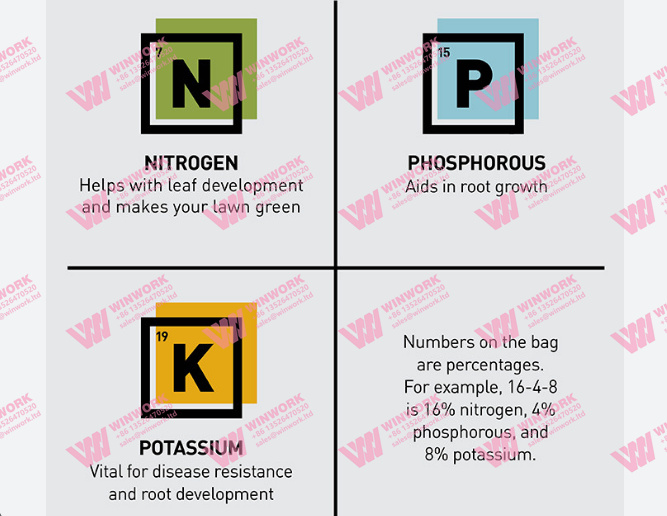
The foundation of any NPK fertilizer lies in its raw materials. The selection of high-quality raw materials is essential for ensuring that the final product meets the nutrient requirements of the crops. The key raw materials include:
- Nitrogen Sources: Ammonium nitrate (AN), urea, and ammonium sulfate are commonly used nitrogen sources. These compounds provide nitrogen in forms that plants can easily absorb, enhancing leaf growth and overall plant development.
- Phosphorus Sources: Phosphoric acid, superphosphate, and rock phosphate are utilized to supply phosphorus, which is crucial for root development, flowering, and fruiting.
- Potassium Sources: Potassium chloride (KCl) and potassium sulfate (K2SO4) are the primary sources of potassium, vital for improving drought tolerance, disease resistance, and overall crop strength.
Advancements in raw material sourcing have led to more efficient and cost-effective solutions. For instance, the development of high-purity phosphoric acid has made it easier to produce fertilizers with consistent quality.
The Mixing Process: Achieving the Right Proportions
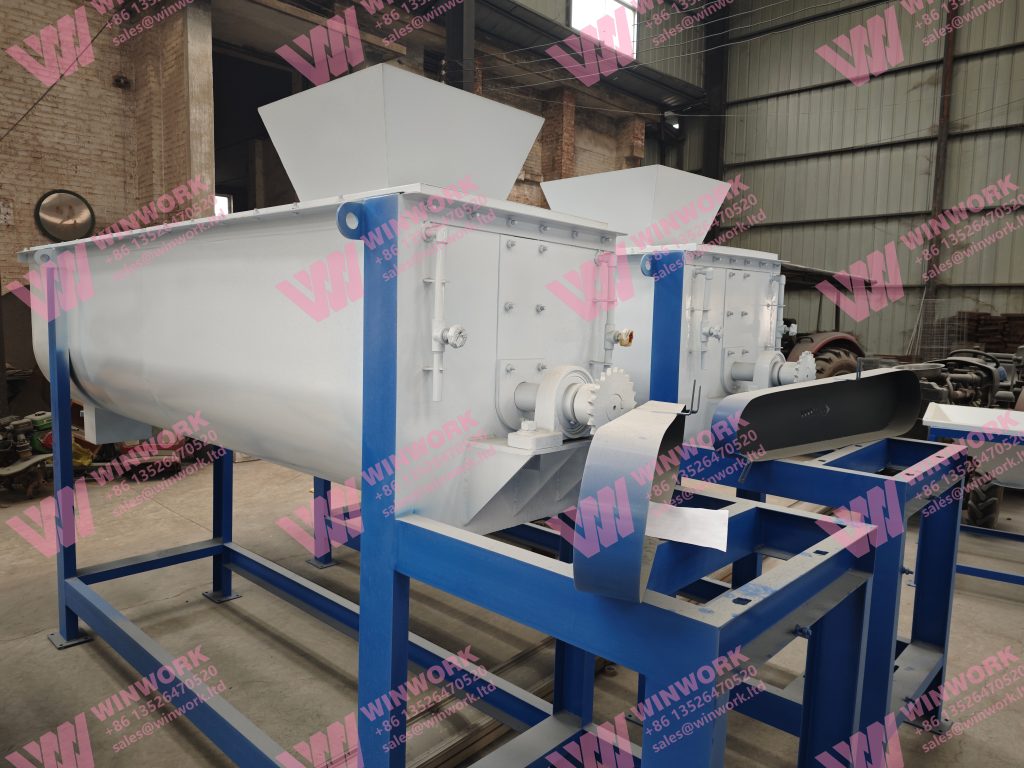
Once the raw materials are selected, they are blended together in specific proportions to create the desired NPK ratio. The proportion of each nutrient depends on the type of crop being grown, as different plants have varying nutrient requirements.
The mixing process has evolved significantly with the use of more sophisticated machinery. Early mixing methods involved manual or small-scale mixing, but today, large-scale industrial mixing is done using advanced machinery like rotary drum mixers or batch blenders. These mixers ensure uniform distribution of nutrients, improving the consistency of the final product.
Advances in mixing technology have led to the development of more precise blending techniques, which ensure that each granule of fertilizer contains the exact nutrient composition required. This level of precision has helped optimize crop yields and reduce nutrient waste.
Granulation: Turning the Mix into Granules
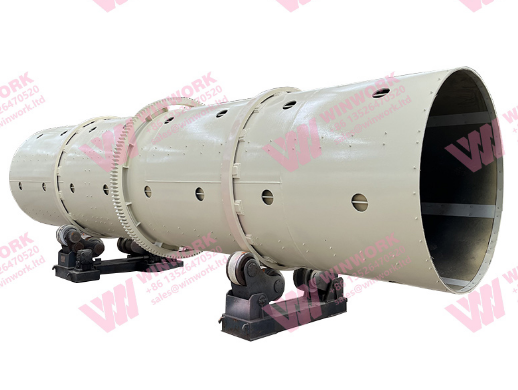
Granulation is one of the most critical steps in the NPK fertilizer production process. The raw material mixture is transformed into granules of a specific size and shape. Granulation serves several purposes:
- Improved Handling and Application: Granules are easier to transport and apply compared to powdered fertilizers. They also ensure more uniform distribution across the soil.
- Slow-Release Formulas: Granulation allows for the creation of slow-release fertilizers, which release nutrients gradually, providing crops with a steady supply of essential nutrients over time.
- Prevention of Clumping: Proper granulation prevents the fertilizer from clumping or caking, which can occur in humid environments.
The development of various granulation techniques, such as wet granulation, dry granulation, and extrusion granulation, has allowed manufacturers to produce fertilizers that meet the diverse needs of different crops and soils. Wet granulation, for example, is ideal for fertilizers requiring a slow release of nutrients, while dry granulation is suitable for fast-acting fertilizers.
Drying and Cooling: Enhancing Fertilizer Quality
After granulation, the fertilizer granules are still moist and need to be dried to the right moisture content (usually 2-3%). Proper drying is crucial as it helps maintain the granules’ stability and prevents them from becoming too sticky or clumping together.
- Drying: In the past, drying was done using traditional methods such as air drying. However, with advances in technology, rotary dryers have become the standard for efficient drying. These machines use hot air to reduce moisture content quickly and evenly.
- Cooling: Once dried, the granules are cooled to avoid heat buildup, which can cause them to become brittle. Rotary coolers, in combination with cooling fans, are now commonly used to achieve optimal temperature control.
The progress in drying and cooling technologies has improved fertilizer storage conditions, preventing product degradation and extending shelf life.
Screening and Packaging: Ensuring Consistency and Quality
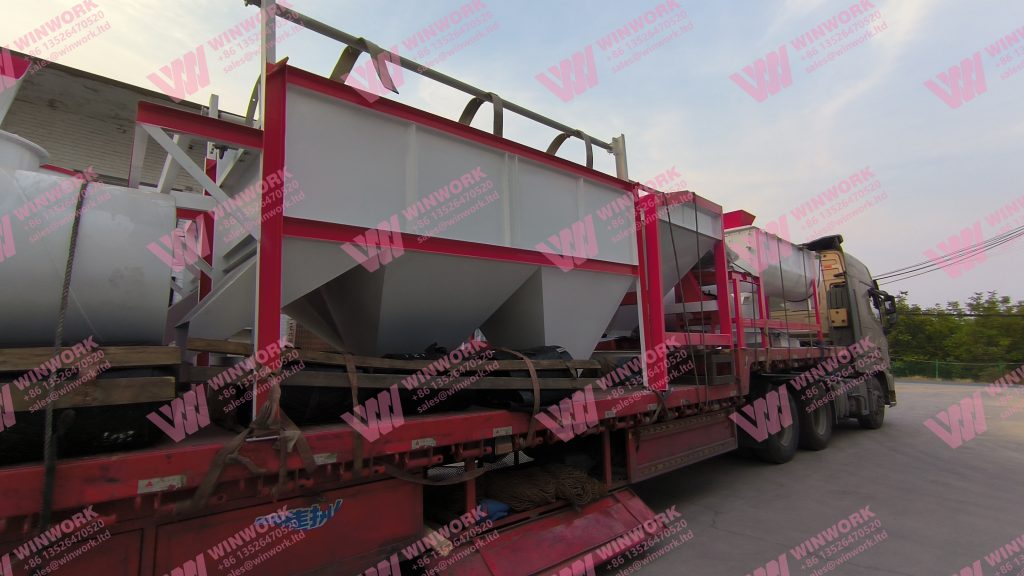
After drying and cooling, the granules are screened to remove any oversized or undersized particles. This ensures that only granules of the right size and uniformity are packaged for sale. Screening is done using vibrating screens or rotating sieves, which separate the oversized particles and return them for reprocessing.
Once the granules are sized, they are packaged into bags, bulk containers, or shipped in large quantities, depending on customer needs. Packaging innovations, such as moisture-resistant bags, have enhanced the durability of the product during transport and storage.
The development of automated packaging systems has made the process faster and more efficient, while also reducing human error and improving packaging consistency.
Key Innovations and Trends in NPK Fertilizer Production
The NPK fertilizer industry has witnessed significant technological advancements, which have made fertilizer production more efficient and environmentally friendly. Here are some of the most notable innovations:
- Advanced Nutrient Control: With advancements in nutrient management, manufacturers can now produce fertilizers that cater to specific crop needs, offering customized NPK ratios.
- Slow and Controlled Release Fertilizers: New technologies allow for the production of slow-release fertilizers, which reduce nutrient leaching and minimize environmental impact.
- Blending and Coating Technologies: Fertilizers can now be coated with polymers or sulfur to control the release rate of nutrients. This reduces the need for frequent reapplications and minimizes nutrient loss.
- Sustainability Initiatives: Many manufacturers have started using sustainable practices, such as recycling waste products or using eco-friendly packaging materials, in response to growing environmental concerns.
Conclusion: The Future of NPK Fertilizer Production
The NPK fertilizer product progress has come a long way from traditional production methods. Through innovation, technological advancements, and better nutrient control, modern NPK fertilizers are more efficient, effective, and sustainable. The ongoing development in granulation techniques, nutrient management, and environmental impact reduction is setting the stage for even more progress in the future. As the global demand for food increases, the role of efficient and high-quality fertilizers will continue to be critical for ensuring agricultural productivity and food security.
In conclusion, the continuous progress in NPK fertilizer production not only improves the quality and consistency of the product but also helps farmers achieve better yields, reduce nutrient waste, and improve the sustainability of farming practices worldwide.


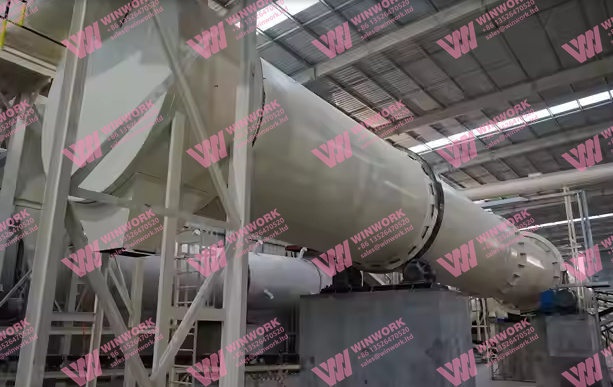
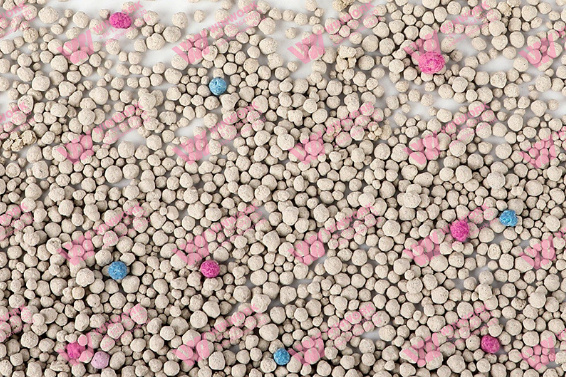
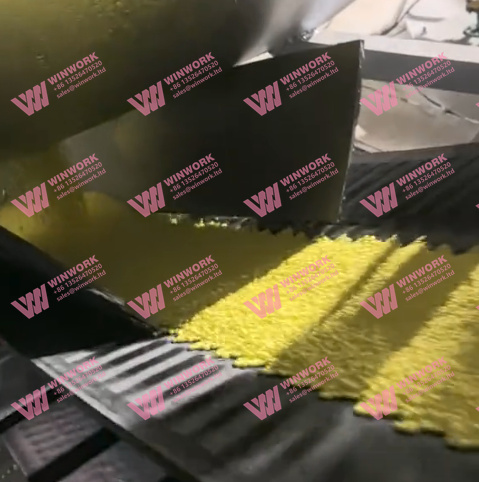
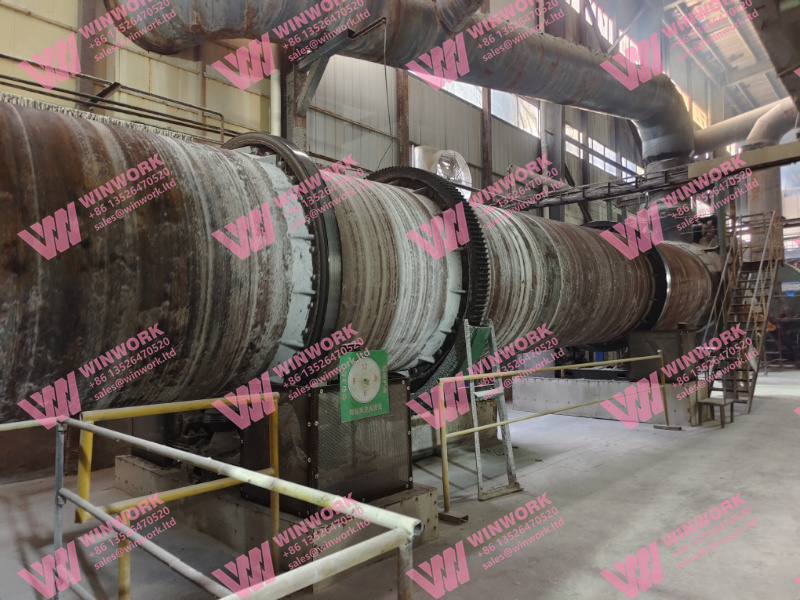
Get A Quote